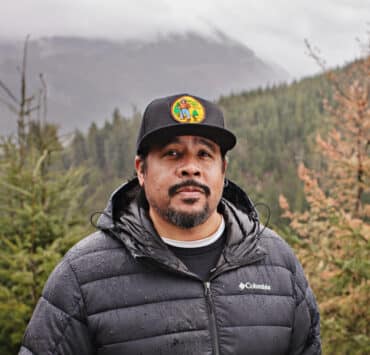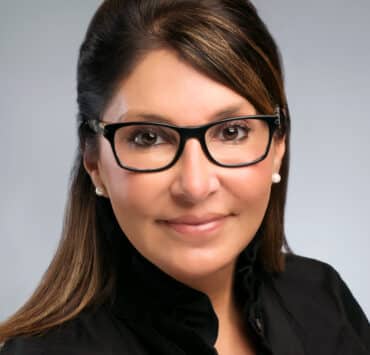|
Getting your Trinity Audio player ready... |
“Human resources was not something I really thought I would end up doing with my life, but once I was in it, I fell in love. I’ve never strayed,” says Amy Anderson, vice president of human resources at Volkert Inc. “It was the service side of it that attracted me. I realized early on as a new hire in an organization how tough it can be to acclimate to a new place. You have so much information thrown at you at one time based on your position, your department, and the company. It can be overwhelming. Employees need support in order to be successful in their jobs and in their career with the organization.”
Anderson brings this passion for growth and development to Volkert, a nationally recognized infrastructure engineering firm. She and her human resources team are implementing and expanding resources for the company’s workforce.
She began her twenty-plus-year career in the healthcare industry at Providence Hospital in Mobile, Alabama. She initially worked part-time as a file clerk, but when an opportunity to transfer to executive assistant to the senior vice president of HR arose, she jumped on it. She had been a business management major at Spring Hill College, but she immediately identified HR as her strong suit. From executive assistant, she worked her way up the ranks to a recruiter role and then manager of compensation and benefits.
“[Volkert] has been in business since 1925, so that is an attraction to someone who is looking for somewhere to grow, stay, and retire.”
Amy Anderson
After leaving Providence, Anderson stuck with healthcare for many years, working in a director role at companies such as TeamHealth Anesthesia Management Services, and then as VP of HR at EnduraCare AcuteCare and Brighton Rehabilitation. After Brighton Rehabilitation was sold, she went on to gain experience in the construction industry and expand her network in the engineering field—which led her to Volkert.
The timing to join Volkert was ideal for Anderson. The previous parent company to Brighton Rehabilitation had been trying to pull their employees to their headquarters in Salt Lake City, but she was reluctant to uproot her family. In addition to being a local company, Volkert attracted Anderson in numerous ways.
“Volkert has a very strong reputation in the engineering and construction industry,” Anderson says. “The company has been in business since 1925, so that is an attraction to someone who’s looking for somewhere to grow, stay, and retire.”
On top of that, Volkert is a 100 percent employee-owned company that offers countless benefits for the people who work there. Beyond the traditional 401(k), Volkert employees are also part of an employee stock ownership plan (ESOP), which in many ways functions as a second retirement plan.
“It creates buy-in with your employees like nothing else,” Anderson explains. “They know that everything they do works toward the common goal of Volkert’s success and that the more profit Volkert makes, the more the employees earn in their ESOP. It also creates a sense of financial security and well-being for the employees’ futures.”
Anderson joined Volkert as the benefits and compensation manager but soon thereafter, she succeeded her boss as vice president of human resources. That promotion meant taking over a major learning and organization development (L&OD) initiative that would overhaul many of the company’s HR training efforts.
“We were behind the eight ball with things like our mentor program and our annual compliance training,” Anderson says. “Before, we had a piecemeal approach to professional development. Each region did things differently with little support from HR just because we had not developed that area.”
“[ESOP] also creates a sense of security and well-being for the employees’ futures.”
Amy Anderson
Prior to Anderson’s promotion, an L&OD specialist was hired to help them tackle the initiative. After a few months of the new team member adjusting to Volkert’s culture and dynamic management structure, they hired an L&OD manager to lead the team. They were tasked with researching, selecting, and implementing a system for managing employee development.
“With the new L&OD team in place, we quickly established an electronic learning management system to house all of our training and professional development courses,” Anderson says. “It really allows us to have targeted learning opportunities for our employees. We rolled out the new system in March [2021].”
In such a highly technical field like engineering, a system like this one ensures that employees stay up to date with their certifications and professional licenses as well as other training opportunities. This has streamlined their efforts enormously—the system is able to track who has completed their courses and will send reminders to those who haven’t.
“It has definitely made a big impact on our company and our employees already,” Anderson says. “I think they appreciate having something like this at their fingertips. Employees can go in and search for a specific class from the myriad of courses at their disposal.”
Anderson and her team plan to continue expanding the initiative as well, hoping to include leadership training courses, career pathing, and succession planning in addition to the technical courses. They see the positive feedback from their employees and know that they are headed in the right direction.

